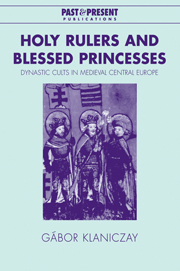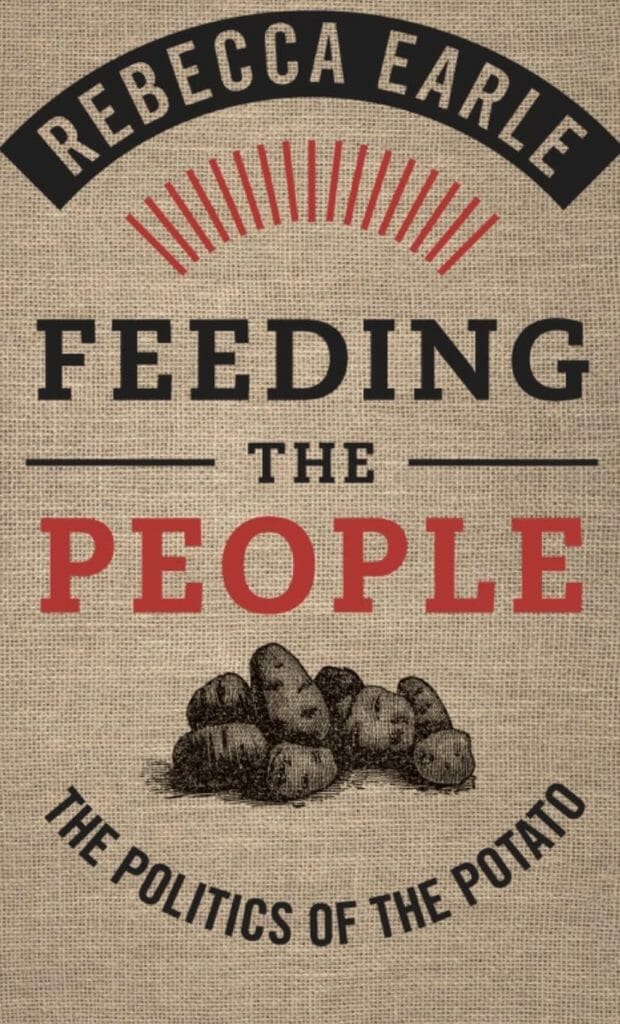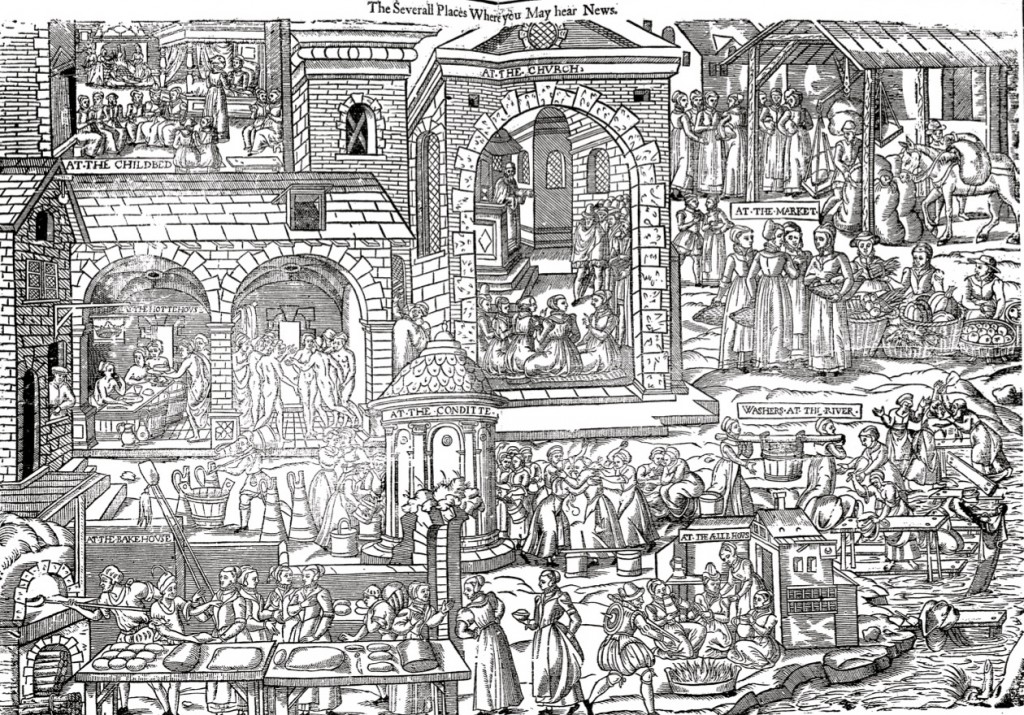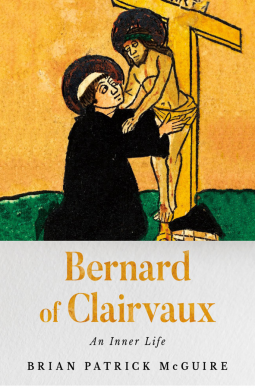Hawkwood has a complicated back-story, which is touched upon at various stages of the novels. He once served as an officer in the 95th Rifles, but was cashiered after he killed a fellow officer in a duel. With Wellington's intervention, he was spared a court-martial, and joined the Spanish Guerrilleros, liaising with the British intelligence officer Colquhoun Grant. It is Grant's influence that enables Hawkwood to get a job at Bow Street on his return to England.
McGee's creation of Hawkwood's past was deliberate, as he wanted a hero who was "at home in both the military and criminal worlds". Many reviewers and readers have drawn similarities between Hawkwood and the author Bernard Cornwell's Sharpe, particularly as they both served in the Rifles. McGee admits this similarity was a concern for him, but giving Hawkwood a background in the Rifle Brigade was important to the plot. Much of the action within the novels is inspired by historical events.
Hawkwood (also titled Ratcatcher):

The year is 1811, and Bow Street Runner Matthew Hawkwood is ordered by Chief Magistrate James Read to investigate the double murder of a coachman and a naval courier on the Kent Road.
Hawkwood initially wonders why Read is so concerned by this relatively mundane case, but before long, another body is discovered, and a higher agenda emerges—an attempt by the Emperor Napoleon to deliver a crushing military and psychological blow to Britain that could lead cause terror on the seas for years to come. . . .
Resurrectionist:
Hawkwood is back in the second adventure in the rollicking historical series featuring the enigmatic Bow Street Runner.

Death can be a lucrative business. But it’s the corpses the body-snatchers leave behind, horribly mutilated and nailed to a tree, which sets Bow Street Runner Matthew Hawkwood on their trail.
A new term at London’s anatomy schools stokes demand for fresh corpses, and the city’s "resurrection men" vie for control of the market. Their rivalry takes an ugly turn when a grave robber is brutally murdered and his body displayed as a warning to other gangs. To hunt down those responsible, Hawkwood must venture into London’s murkiest corners, where even more gruesome discoveries await him.
Nowhere, however, is as grim as Bedlam, notorious asylum for the insane and scene of another bizarre killing. Sent to investigate, Hawkwood finds himself pitted against his most formidable adversary yet, an obsessive genius hell-bent on advancing the cause of science at all costs.
Rapscallion:
For a French prisoner of war, there is only one fate worse than the gallows: the hulks. Former man-o-wars, now converted to prison ships, their fearsome reputation guarantees a sentence served in dreadful conditions. Few survive. Escape, it’s said, is impossible. Yet reports persist of a sinister smuggling operation within this brutal world, and the Royal Navy is worried enough to send two of its officers to investigate.When they disappear without a trace, the Navy turns in desperation to Bow Street for help. It’s time to send in a man as dangerous as the prey. It’s time to send in Hawkwood.
Rebellion:
October 1812: Britain and France are still at war. France is engaged on two battle fronts - Spain and Russia - and her civilians are growing weary of the fight. Rebellion is brewing. Since Napoleon Bonaparte appointed himself as First Consul, there have been several attempts to either kill or overthrow him. All have failed, so far!

Meanwhile in London, Bow Street Runner Matthew Hawkwood has been seconded to the foreign arm of the Secret Service. There, he meets the urbane Henry Brooke, who tells him he's to join a colleague in Paris on a special mission. Brooke's agent has come up with a daring plan and he needs Hawkwood's help to put it into action. If the plan is successful it could lead to a negotiated peace treaty between France and the allies. Failure would mean prison, torture and a meeting with the guillotine!
The Blooding:

1812: Matthew Hawkwood, soldier turned spy, is stranded behind enemy lines, in America, a country at war with Britain.Heading for the safety of the Canadian border, Hawkwood’s route takes him to Albany, where the chance sighting of a former comrade-in-arms—Major Douglas Lawrence—within a consignment of British prisoners stymies to his plans. For as the two men make their escape they uncover an American plot to invade Canada. If it is successful, the entire continent will be lost. The British authorities must be warned.
Pursued by a relentless enemy, Hawkwood and Lawrence set off across the snow-bound Adirondack Mountains; the land the Iroquois call ‘The Hunting Grounds’. But they are not alone.Buried deep in Hawkwood’s past is an old alliance – one that could save both their lives and help turn the tide of war…
The Reckoning:
London, 1813: Bow Street Runner Matthew Hawkwood is summoned to a burial ground and finds the corpse of a young woman, murdered and cast into an open grave.

At first the death is deemed to be of little consequence. But when Chief Magistrate James Read receives a direct order from the Home Office to abandon the case, Hawkwood’s interest is piqued.
His hunt for the killer will lead him from London’s backstreets into the heart of a government determined to protect its secrets at all costs. Only Hawkwood’s contacts within the criminal underworld can now help.
As the truth behind the girl’s murder emerges, setting in motion a deadly chain of events, Hawkwood learns the true meaning of loyalty and that the enemy is much closer to home than he ever imagined































